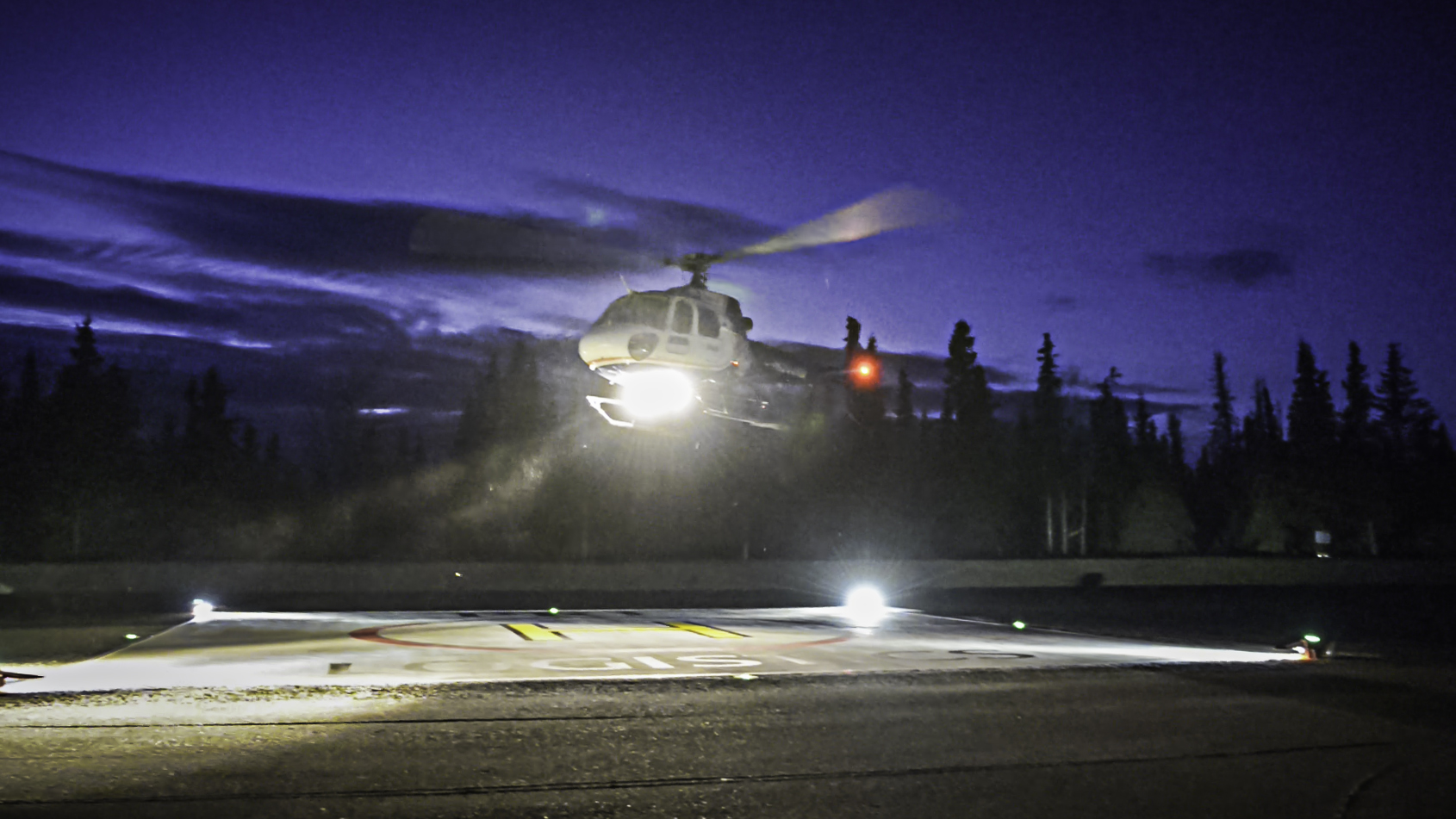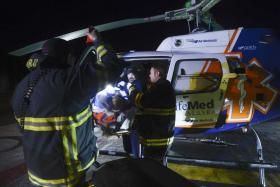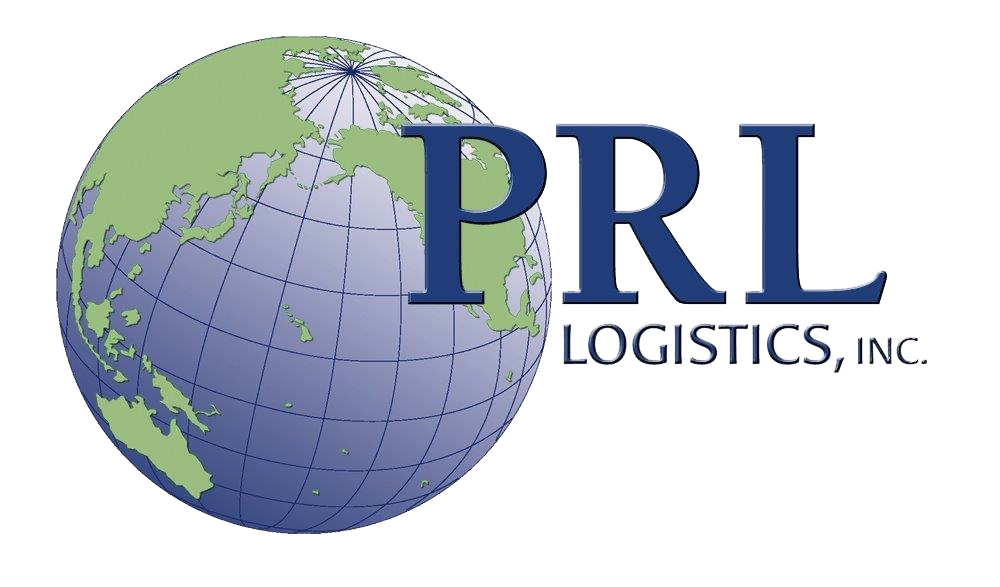

http://peninsulaclarion.com/news/2014-11-15/kenai-landing-logistics-company-unveils-heliport
Since work began 14 months ago on the PRL Logistics Inc. facility at Kenai Landing, CEO Ron Hyde has strived to be a good neighbor in the community.
With the recent completion of a heliport on the property, Kenai’s south beach area now has an emergency access point to provide quick medical transport. On Friday, Hyde invited first responders from Kenai police and fire departments, Central Emergency Services and representatives from Hilcorp, AK LNG and XTO Energy for the first helicopter night landing and a patient package demonstration with LifeMed Alaska.
“We want to earn our place as a good citizen of Kenai,” Hyde said. “We want to let our industry, local government and residents know there are life-saving capabilities we can contribute should there be some emergency out here.”
The Federal Aviation Association has inspected the pad, classified as a private heliport facility. Hyde said he went the extra mile with features that exceed FAA standards for helicopter operations. The 100-by-100-foot pad is heated, painted and lighted and has a nearby pilothouse equipped with radio communication and high speed internet.
Tim Nixon, director of flight operations with LifeMed Alaska, said the pad is beautiful.
“We are excited to use it one day, except that means its somebody else’s bad day,” he said.
Hyde said he took time and care into developing one of the best heliports in Southcentral Alaska. Except for the two local airports and at Central Peninsula Hospital, the only other heliport is the Offshore Systems Kenai in Nikiski.
Hyde, who started PRL Logistics in Anchorage in 2002, selected Kenai as his second base of operations because of its proximity to the Cook Inlet. He invested more than $2 million in renovations to the more than 100-year-old cannery at Kenai Landing.
The facility, housed at the former Libby, McNeill and Libby cannery, is a logistics campus that houses people, provides meals, a meeting and training space and marine, road and air access. Hyde has employed a staff of 10 logistics professionals, project managers and field personnel at the Kenai branch as well as subcontracts with local businesses for trucking, aviation and marine purposes and equipment providers.
The campus has lodging for oil and gas industry companies to house personnel who work in remote areas to locations on the Cook Inlet. The facility also has a dock on the mouth of the Kenai River for small- to medium-sized vessels to access the Cook Inlet.
During summer construction of the facility, Hyde said he witnessed a couple of boating accidents during dipnet season. While the city provided great response, he said one of his goals was to provide added protection and quick transportation for emergency services.
Kenai Fire Marshal Tommy Carver said having a helipad at the landing is vital because it provides quick medical access to south beach area. In his experience he’s had to set up two landing zones for helicopters on the beach. It can be hectic to try and clear a safe landing zone with thousands of people on the beach, he said.
The fire department and CES have trained in swiftwater rescue and to have a dock and staging area so close is “fantastic,” he said.
“If we have a dipnetter in the water and we need a place to get him out and possibly use this helipad it’s literally a few feet away from the bank of the river,” Carver said. “Hopefully we never need it. If we do we know it’s here.”
After an introduction from Hyde, his staff and guests for the heliport demonstration, Nixon gave a presentation and provided information to the audience who could potentially call for “rapid transport of the critically injured.” Nixon informed responders on the best practices to prepare a landing zone and what information to communicate prior to their arrival.
LifeMed Alaska has two A-star helicopters at their disposal with one pilot and two medical personnel on board with room for single-patient transport. At night helicopter pilots use night vision, which improves their vision from 20/200 to 20/40.
Hyde said the package patient exercise is to familiarize everyone on the complexity involved from getting a patient from where an incident occurred to where treatment will take place and all the steps in between.
Brooke Marcotte, Kenai PRL Logistics facility coordinator, was volunteered to be the patient for the exercise. Once Nixon called for a helicopter, CES and Kenai paramedics prepared her for transport by getting her on a stretcher and loading her into an ambulance.
After the LifeMed helicopter arrived within 10 minutes of being dispatched, the ambulance backed up to the edge of the pad and the paramedics turned Marcotte over to the flight staff, who loaded her into the helicopter.
“I didn’t know I was going to be the victim until 20 minutes ago,” Marcotte said. “It was nice to see the collaboration between the various agencies out here. We are really working on developing relationships in Kenai and have been welcomed with open arms.”
Carver has inspected the logistics complex on multiple occasions during the renovation to make sure all the buildings are up to fire code. He said everything the staff does is with community in mind.
LifeMed Alaska nurse Scott Marion said the helipad is a vital addition to the area because now helicopters have a medical evacuation access close to the river.
“A lot of sport fisherman frequent this area and if someone fell into the water this would be a great spot to meet up with fire departments and get a patient to a high level of care,” Marion said.
Marion said the fact that it’s a heated pad is significant for transport in the winter months because snow and ice build up is hazardous to walk on and load a patient.
Hyde grew up in Bush Alaska and was a village public safety officer and search and rescue coordinator near Bethel and Dillingham prior to launching his company.
“Managing safe care extraction of an injured victim has always been a part of my life,” he said. “We are here to help. It’s in our blood, its what we do.”
